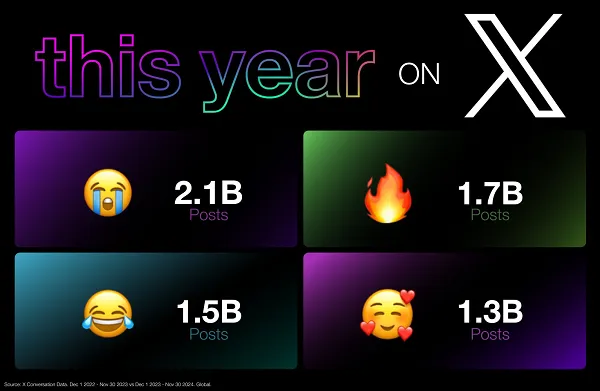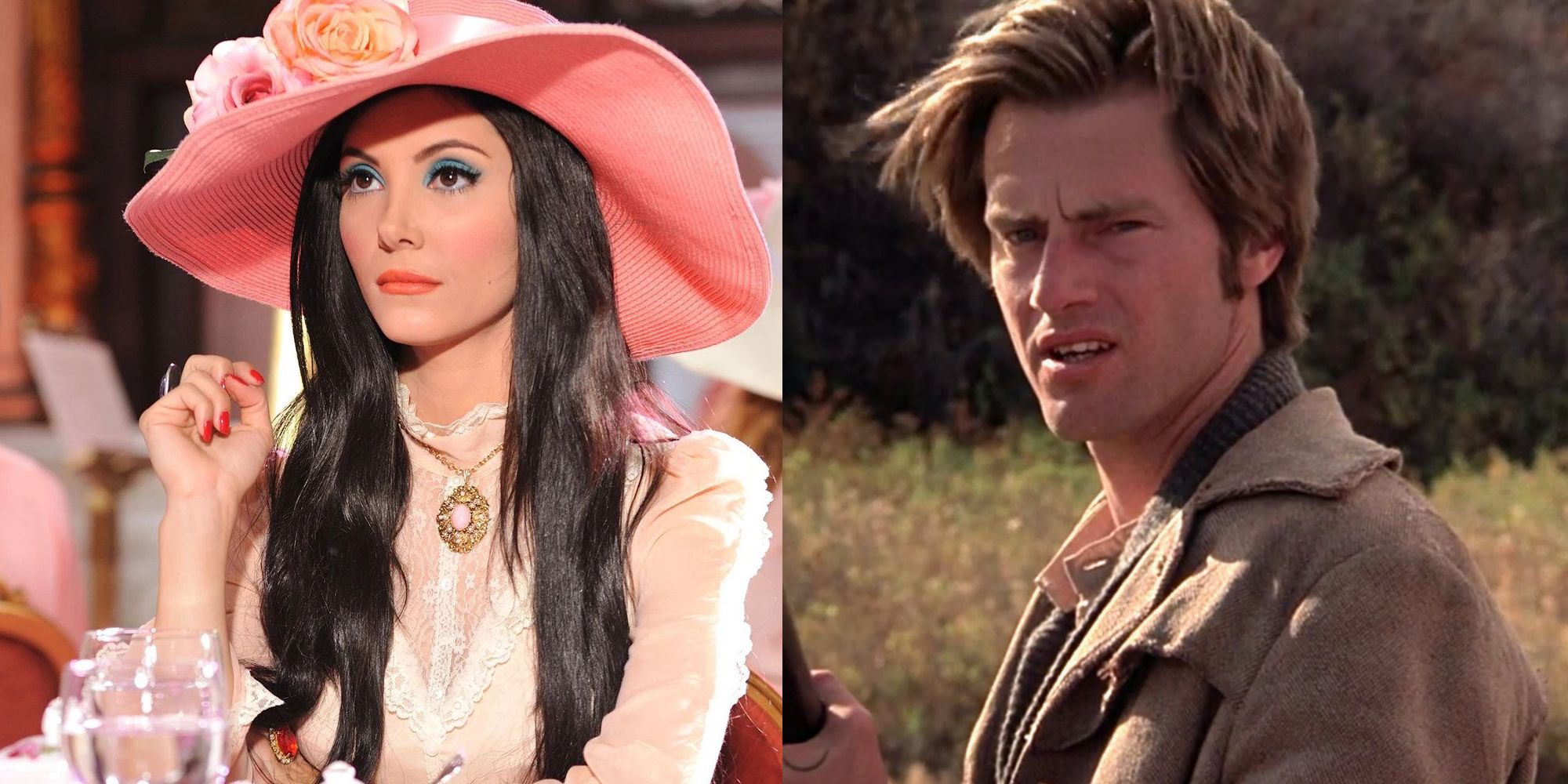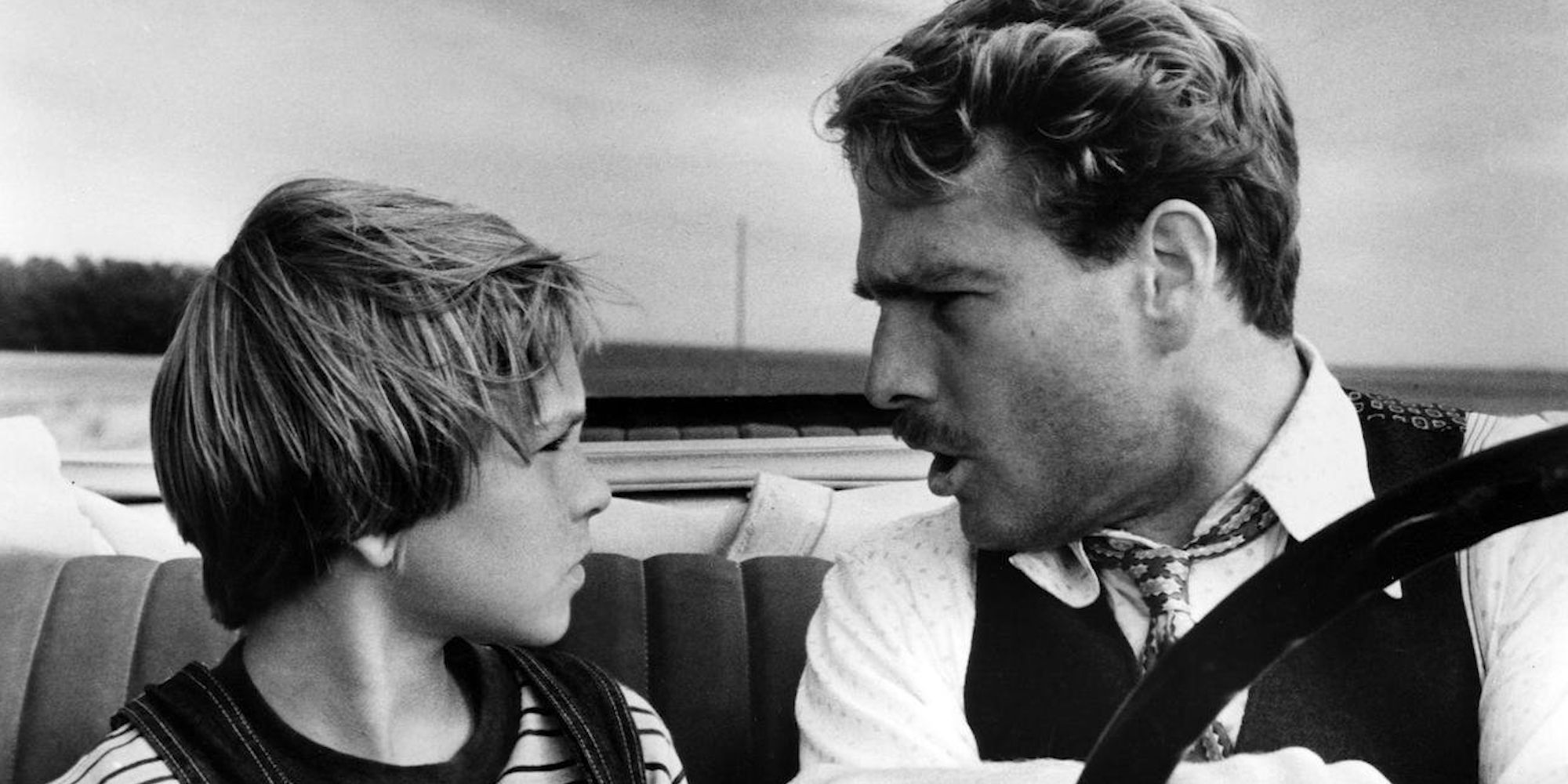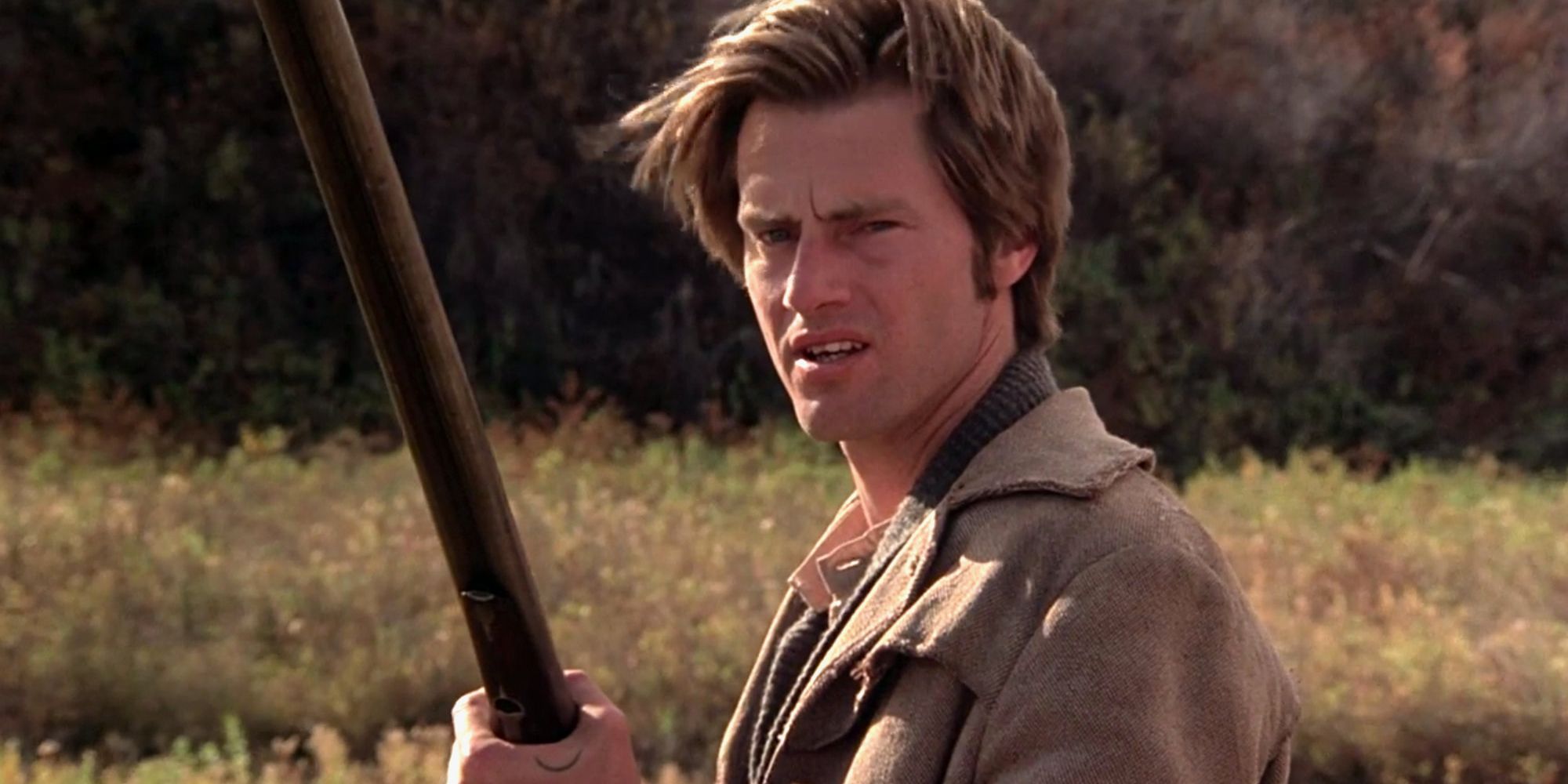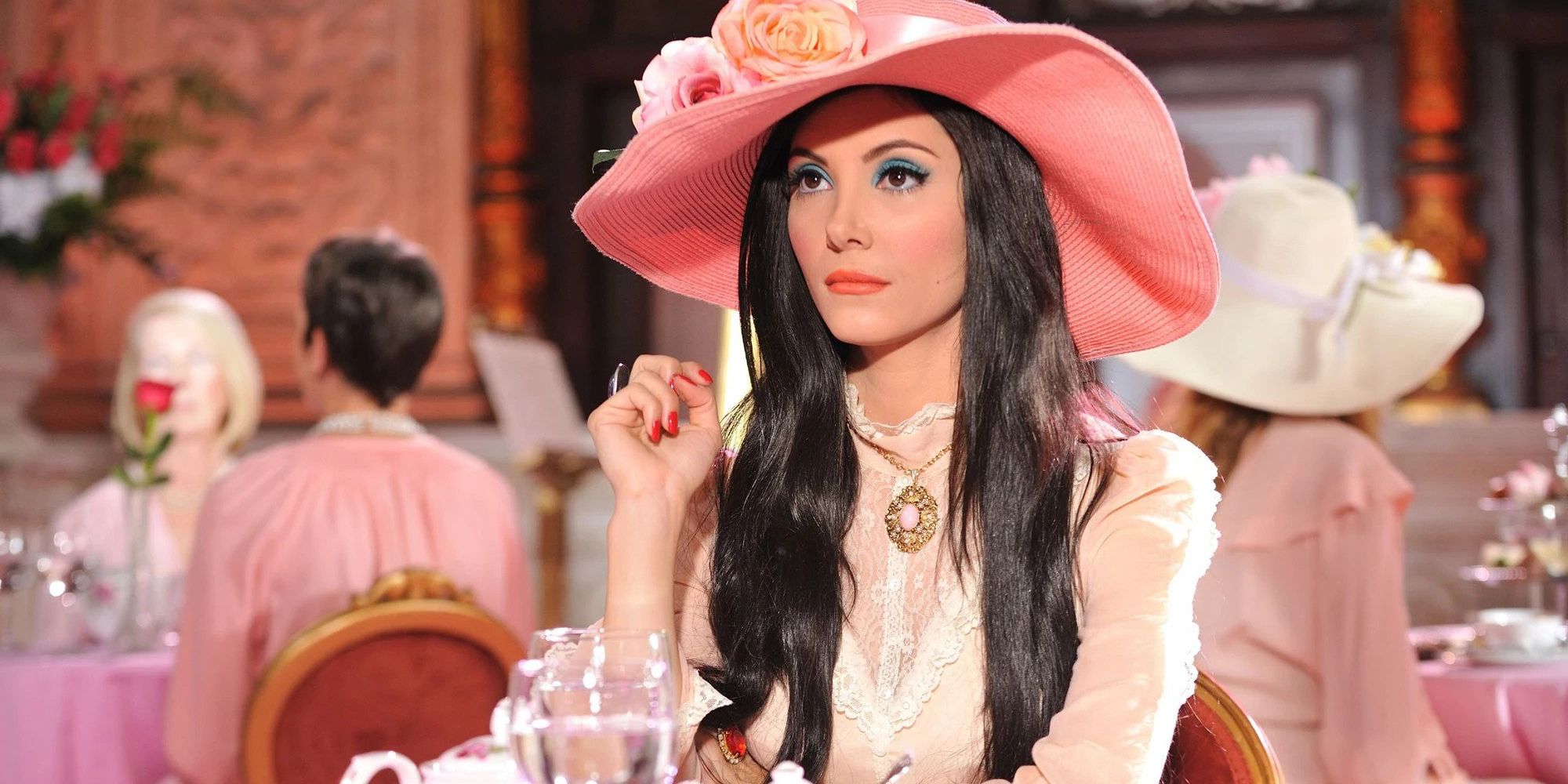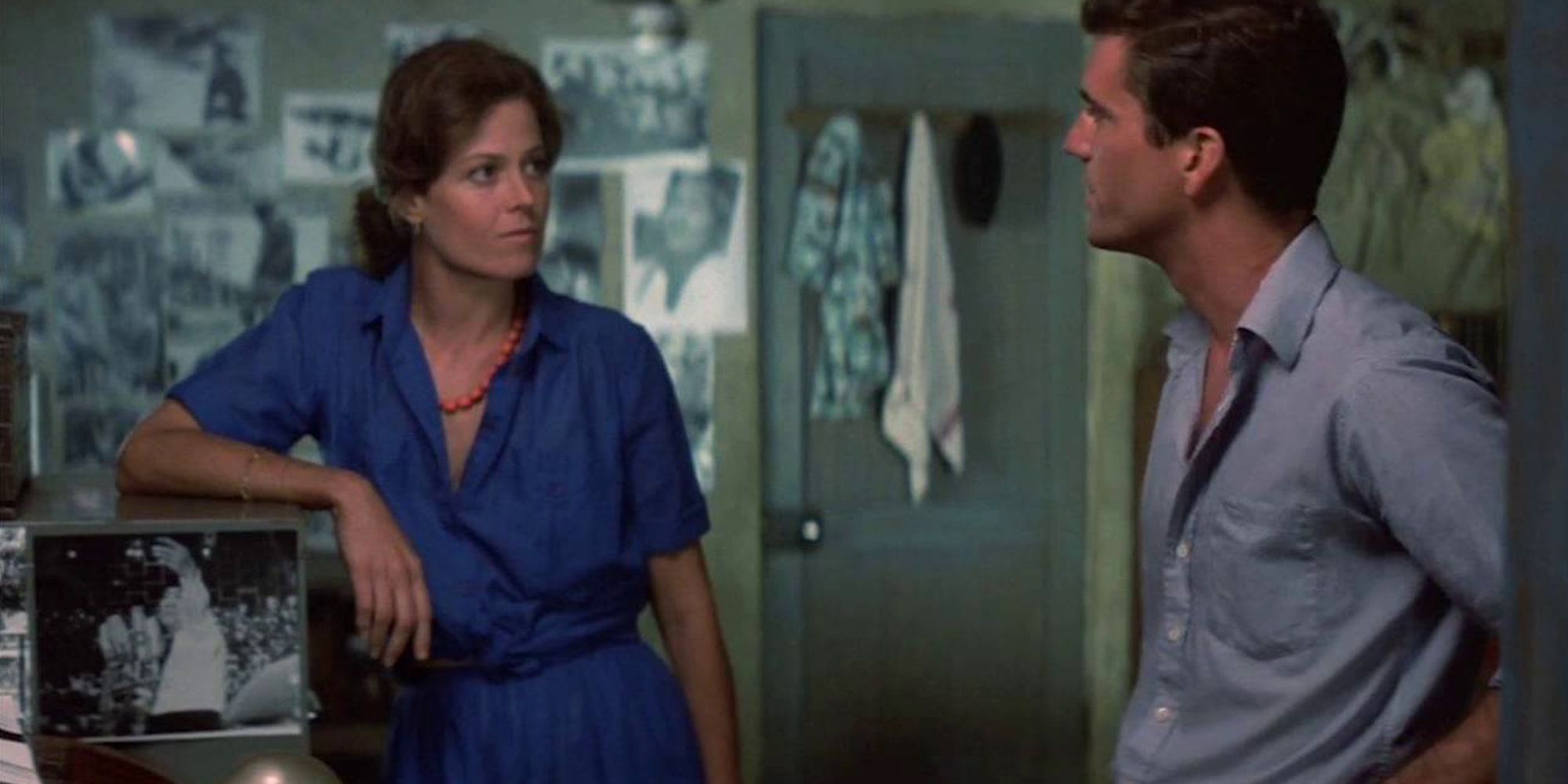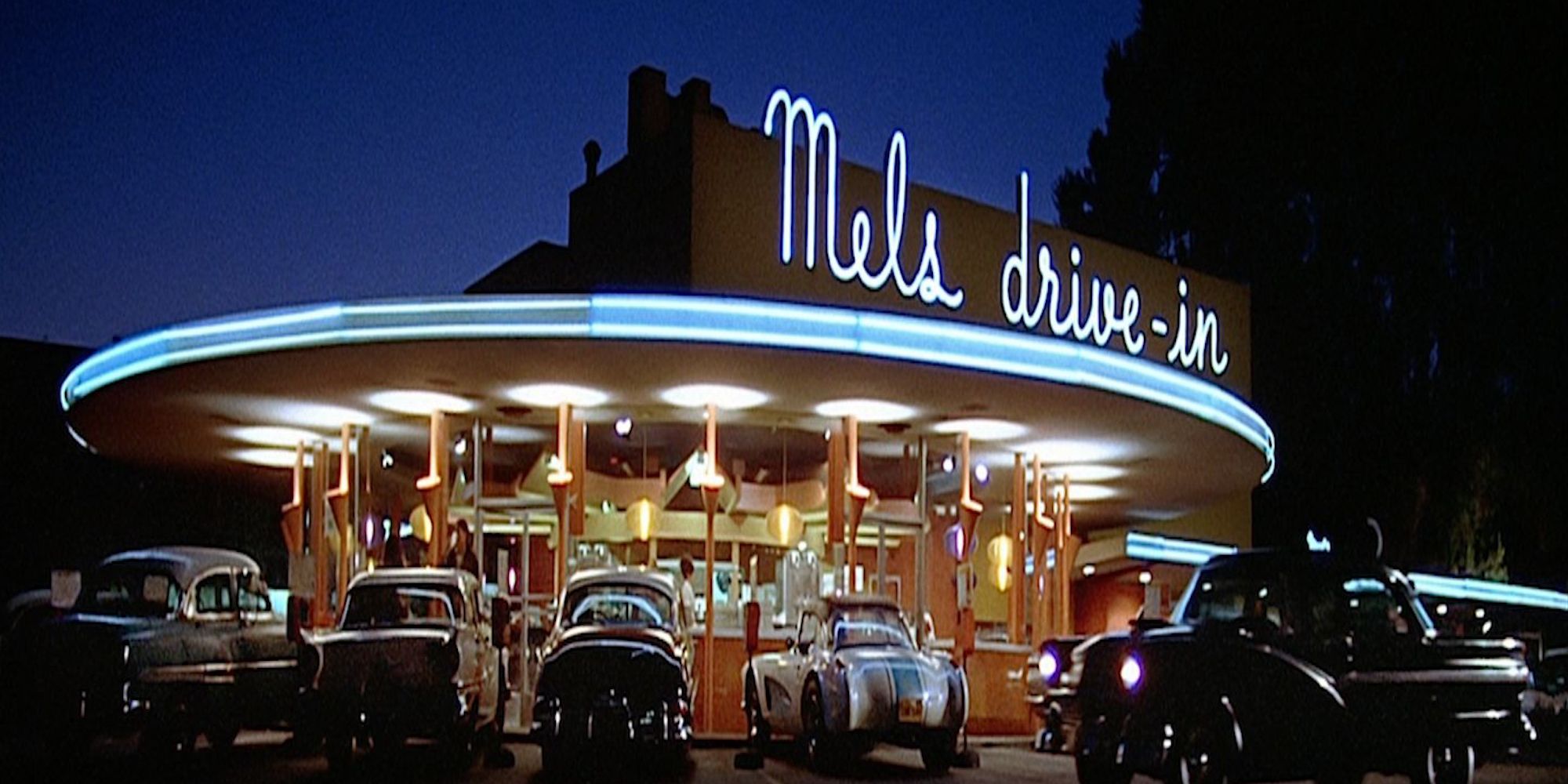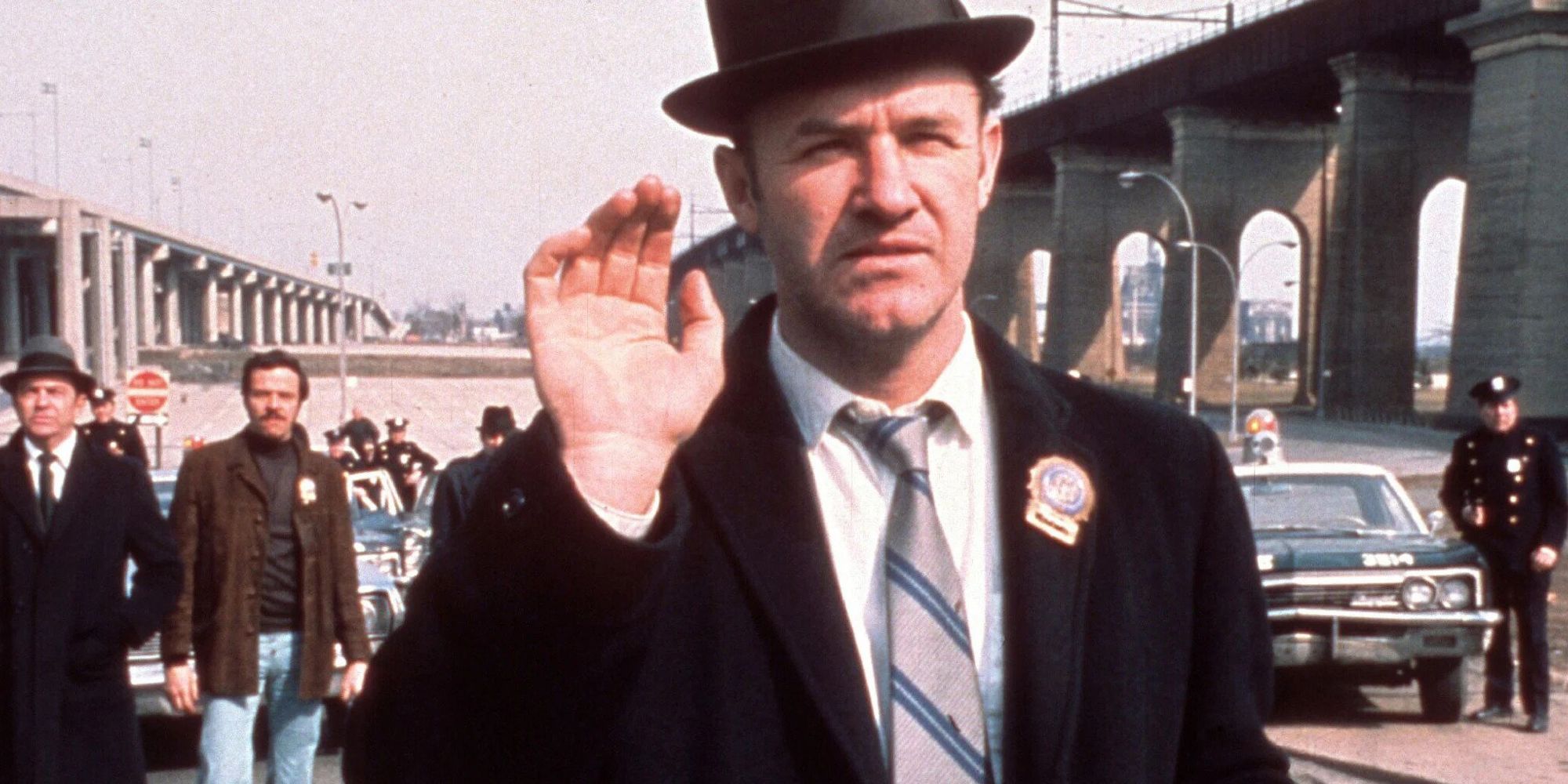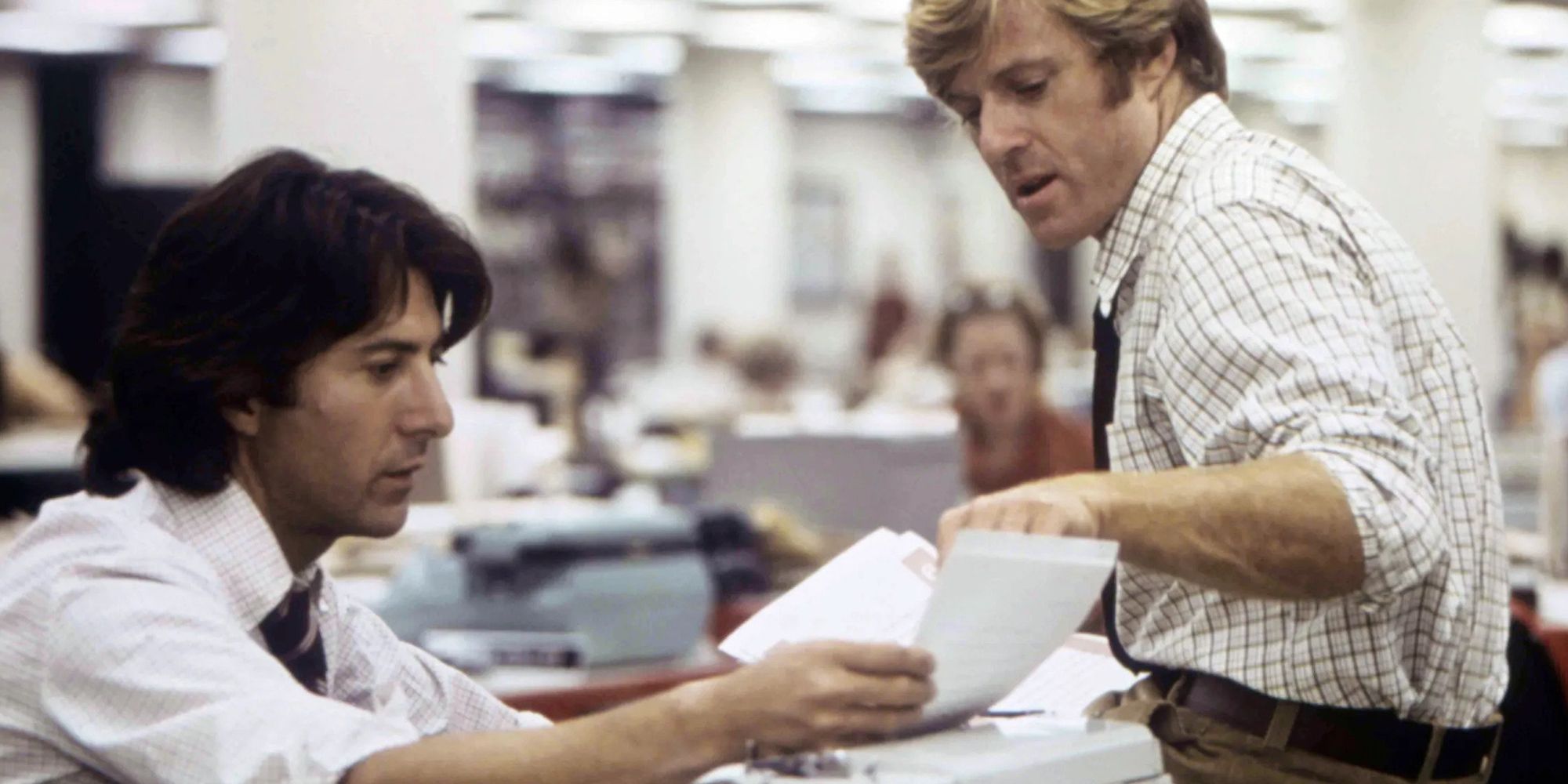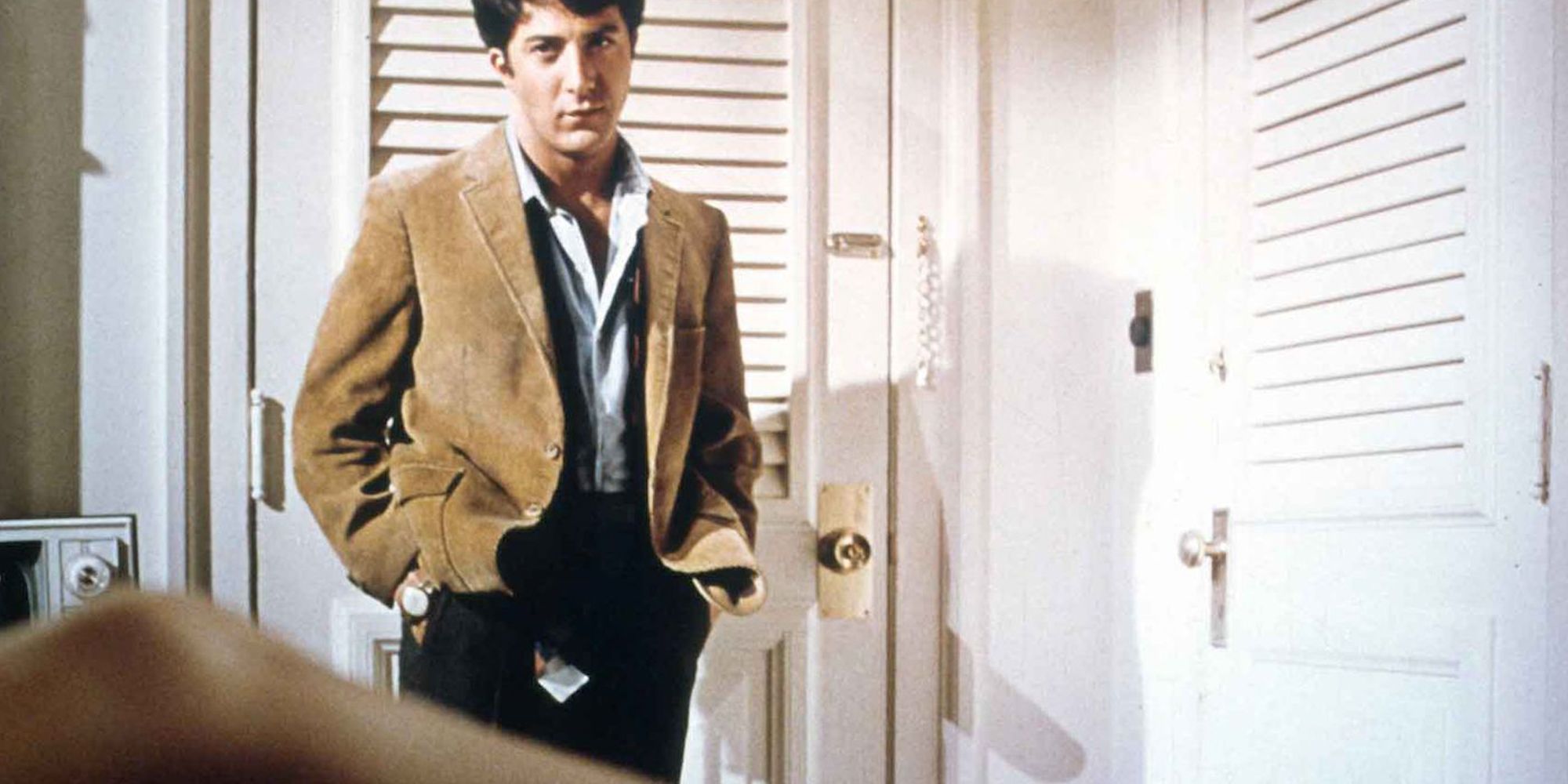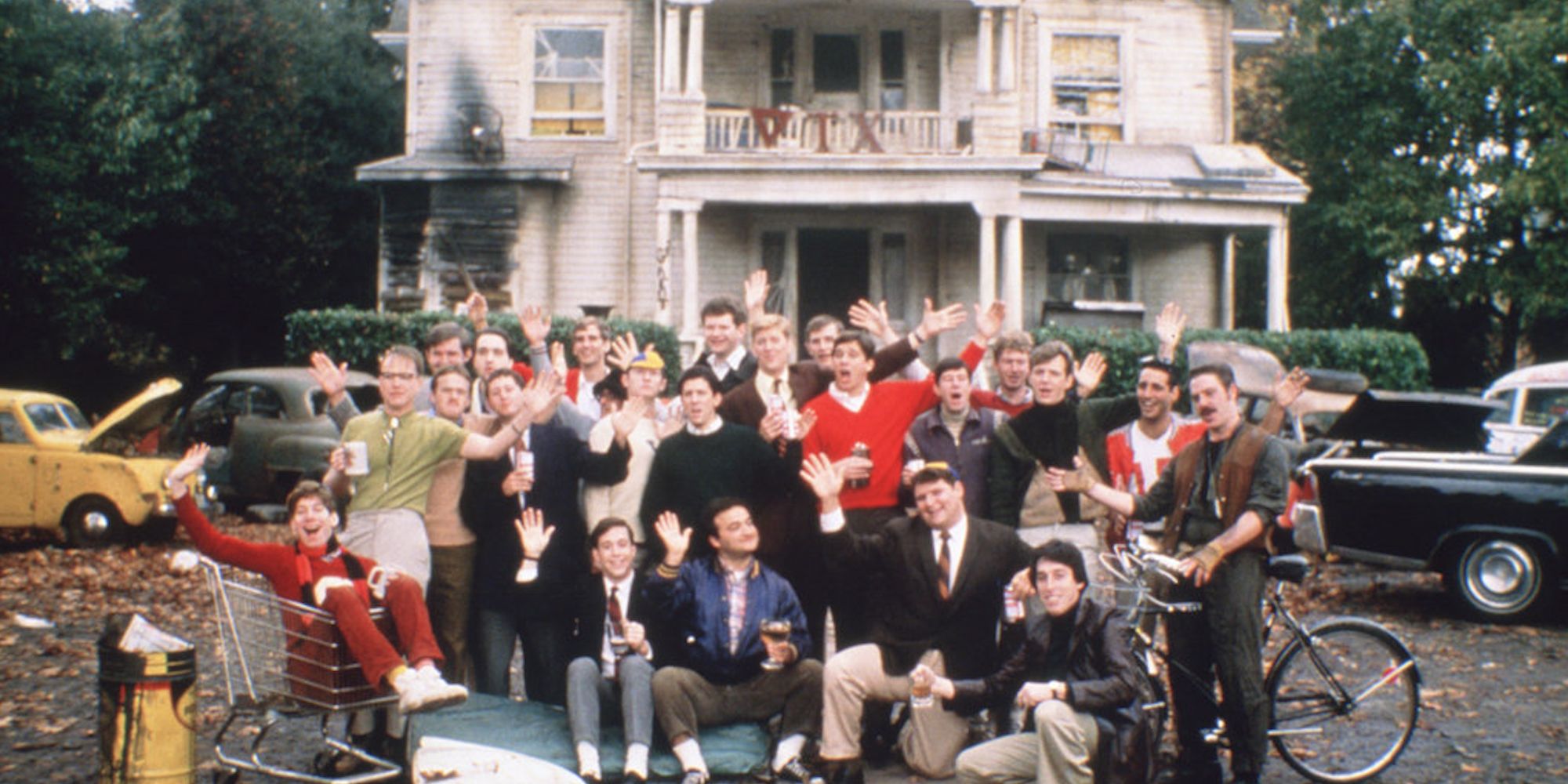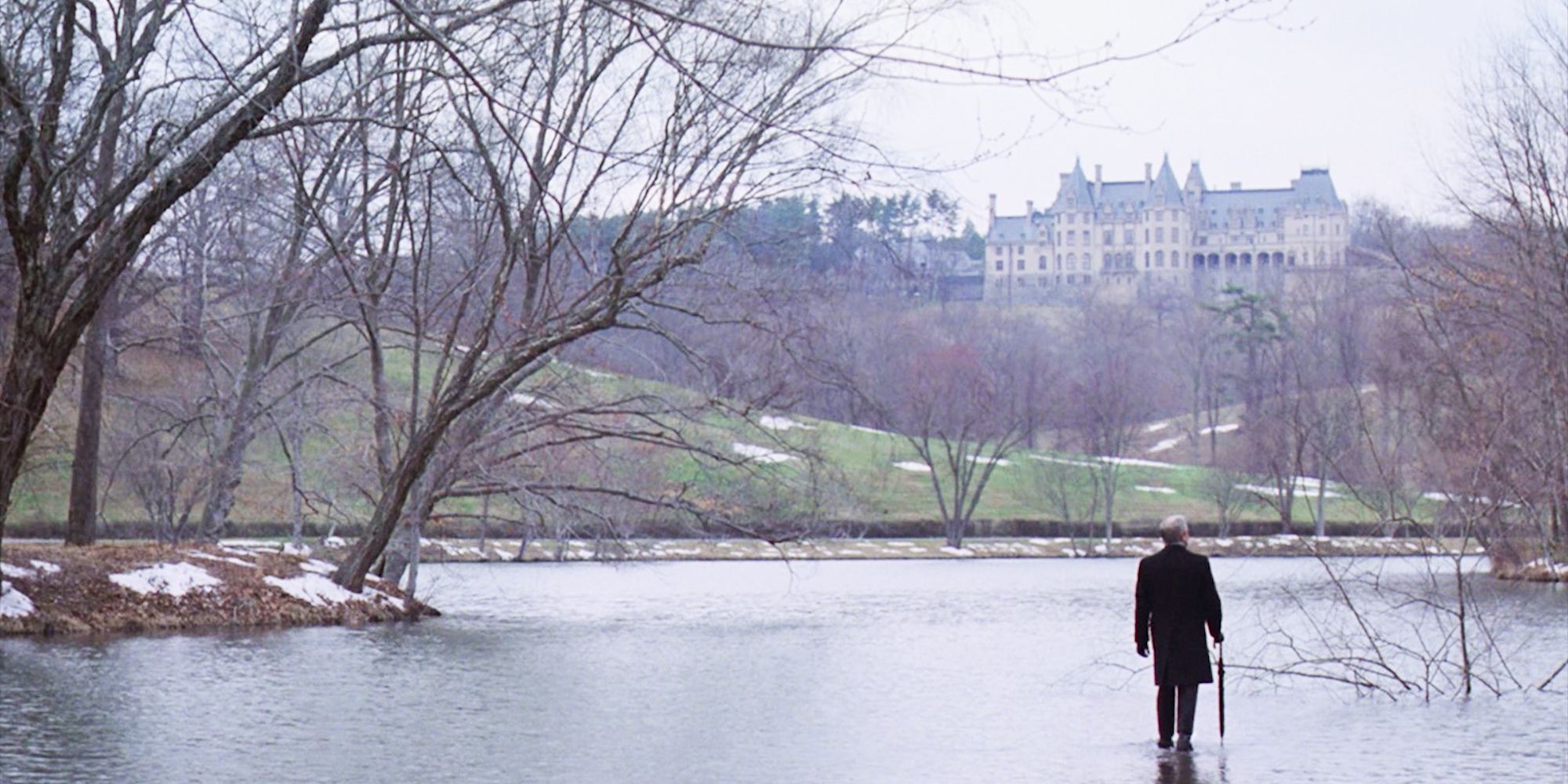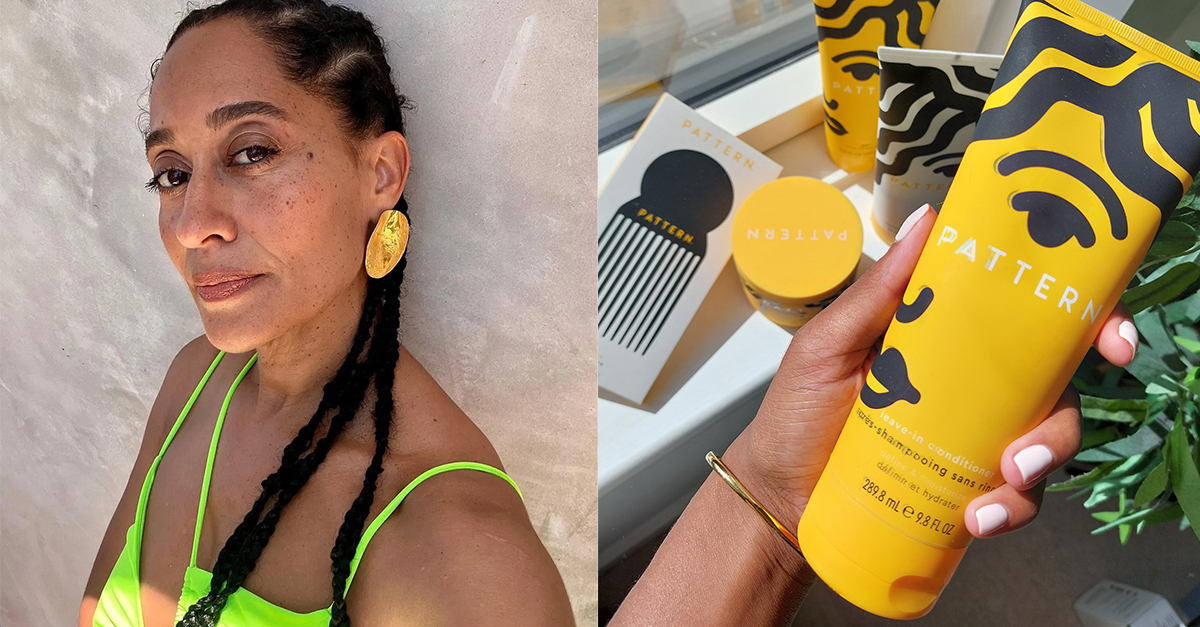For three decades, David Fincher has been making some of the smartest, slickest thrillers around. Beginning with Aliens 3, Fincher has delivered knockout after knockout: Fight Club, Zodiac, The Social Network, Gone Girl. His upcoming film The Killer, produced by Netflix, looks set to add another classic to his filmography. A notorious perfectionist, Fincher is known for demanding several takes of a scene before he is satisfied.
Over the years, Fincher has shared a number of his favorite films, mostly noir and dramas. They provide some insight into his development as a storyteller. Like Fincher’s own work, a lot of these movies feature non-linear narratives, unreliable narrators and desaturated colors, along with themes of loneliness and the dark side of modern life. In other words: perfect viewing for thriller fans!
‘Paper Moon’ (1973)
This comedy-drama from director and film critic Peter Bogdanovich revolves around a con man (Ryan O’Neal) and his daughter (Tatum O’Neal) eking out an existence in Kansas and Missouri during the Great Depression. The leads were father and daughter in real life, as well. 10-year-old Tatum won the Best Supporting Actress Oscar for her performance, making her the youngest person ever to win a competitive Academy Award.
Fincher rankedPaper Moon among his top five all-time favorites. In particular, he praised its “relentlessly human screenplay” and cinematographer László Kovács‘s “stunning evocation of Depression-era America.”
‘Days of Heaven’ (1978)
Days of Heaven is the second feature directed by Terrence Malick, following 1973’s Badlands. Bill (Richard Gere) and his girlfriend Abby (Brooke Adams) get jobs working for a rich farmer. But after Bill overhears that the farmer is sick, he hatches a scheme for Abby to marry the farmer and inherit his wealth when he dies.
Days of Heaven garnered mixed reviews on release but has since come to be widely regarded as one of the best movies of the 1970s. It’s worth it just for the painterly images conjured up by cinematographers Néstor Almendros and Haskell Wexler, as well as the great score from iconic composer Ennio Morricone.
‘The Love Witch’ (2016)
The Love Witch is a comedy-horror about a sorceress (Samantha Robinson) who bewitches men into falling in love with her. The film is a tongue-in-cheek homage to 1960s cinema, especially horrors and melodramas. It draws heavily on Hammer Horror, Hitchcock‘s thrillers and the dramas by Douglas Sirk.
Director Anna Biller lovingly recreates the look and feel of those movies. The performances are fittingly stiff and over-the-top, especially Robinson, who is excellent. But underneath the camp, stylized premise, The Love Witch is a surprisingly thoughtful look at relationships and gender dynamics. Fincher called it one of the “coolest, weirdest movies in a long time.”
‘The Year of Living Dangerously’ (1982)
Set in 1965, this drama follows a reporter (Mel Gibson) and diplomat (Sigourney Weaver) in Indonesia during one of the country’s most tumultuous periods. That year, an army-led coup ousted the president and installed the military dictator Suharto. The lead characters try to navigate the situation as the violence escalates.
The Year of Living Dangerously is an interesting look at a key moment in Indonesia’s history. Director Peter Weir (perhaps best known for The Truman Show) succeeds in turning what could have been dry history lesson into a tense thriller. The romance between Gibson and Weaver is also handled well.
‘American Graffiti’ (1973)
American Graffiti is a coming-of-age story about a group of high school students in 1962. The characters cruise the streets of Modesto, California, listening to the radio and wondering what they’re going to do after graduation. The film recreates the pop culture of that time, from the music to the costumes to the slang. In the process, it documents an optimistic moment before the harsh realities of the late ’60s and early ’70s set in, including JFK’s assassination and the Vietnam War.
American Graffiti was the second feature directed by George Lucas. The film was a runaway success and turned Lucas into a millionaire. This gave him the freedom to establish the special effects company Industrial Light & Magic and to make Star Wars in 1977, which would reshape cinema forever.
‘The French Connection’ (1971)
Based on a true story, this classic crime film depicts two police officers’ hunt for a French drug smuggler. Gene Hackman and Roy Scheider play the lead cops. The French Connection was a major hit and swept the Academy Awards in 1972, winning Best Screenplay, Best Actor, Best Director and Best Picture.
The French Connection still holds up today. It ranks among director William Friedkin‘s very best work, along with The Exorcist and Sorcerer. It’s particularly notable for its groundbreaking car chase sequence, daringly shot by director of photography Owen Roizman. Fincher called it “the best car chase in cinema.”
‘All the President’s Men’ (1976)
All the President’s Men brings to life the story of Carl Bernstein and Bob Woodward, the journalists who broke the Watergate story that ultimately brought down President Richard Nixon. It chronicles their meetings with a government insider known as ‘Deep Throat’, as well as the danger they faced in bringing this tale of corruption and abuse of power to light.
The lead performances from Robert Redford and Dustin Hoffman are among the best of both actors’ careers. The result is the quintessential journalism film, whose influence lives on in subsequent movies like Frost/Nixon and The Post. This month marked the 50-year anniversary of the Watergate break-in, so now is as good a time as any to rewatch this classic.
‘The Graduate’ (1967)
This classic comedy focuses on aimless young man Benjamin Braddock (Dustin Hoffman), who has an affair with an older married woman (Anne Bancroft) before falling in love with her daughter (Katharine Ross). The story succeeds largely because of Hoffman’s likable performance as the awkward Braddock. The Graduate was popular on release, earning director Mike Nichols an Oscar for his efforts, and remains beloved to this day.
The Graduate is also notable for its use of music by Simon & Garfunkel, including the hit ‘Mrs. Robinson’. The movie’s title sequence, where Hoffman rides an airport travelator while ‘The Sound of Silence’ plays, is iconic, and inspired a similar scene in Quentin Tarantino‘s Jackie Brown.
‘Animal House’ (1978)
John Belushi stars in this comedy about a raucous frat and their war against their uptight dean (John Vernon). The dean seeks to expel the students, which will be more than just an end to their academic careers: it will also make them eligible to be drafted to serve in Vietnam.
Animal House is the original frat movie, and one of the standout comedies from the 1970s. It received mixed reviews on release but has since come to be seen as a classic. In addition to Belushi, Donald Sutherland has a small but entertaining role as a stoner, and a young Kevin Bacon also has a few great scenes. In short, Animal House is another whacky, energetic film from cult director John Landis, who also made An American Werewolf in London and The Blues Brothers.
‘Being There’ (1979)
Chance (Peter Sellers) is a humble gardener who spends years looking after a property owned by a millionaire. But when the owner dies, Chance is kicked out of the house. He wanders aimlessly until, due to a case of mistaken identity, a bunch of politicians and businessmen get the idea that he is a genius. Soon, Chance finds himself advising some of the most powerful people in the country, including the president.
Being There is a satire from director Hal Ashby, who also made The Last Detail starring Jack Nicholson and Shampoo with Warren Beatty. Peter Sellers is electric in the lead role. This was one of his last films, and he is at the height of his comedic powers here. The script gives him a lot to work with. The result is a biting critique of modern America, where anyone who sounds half sensible can rise to the top.





























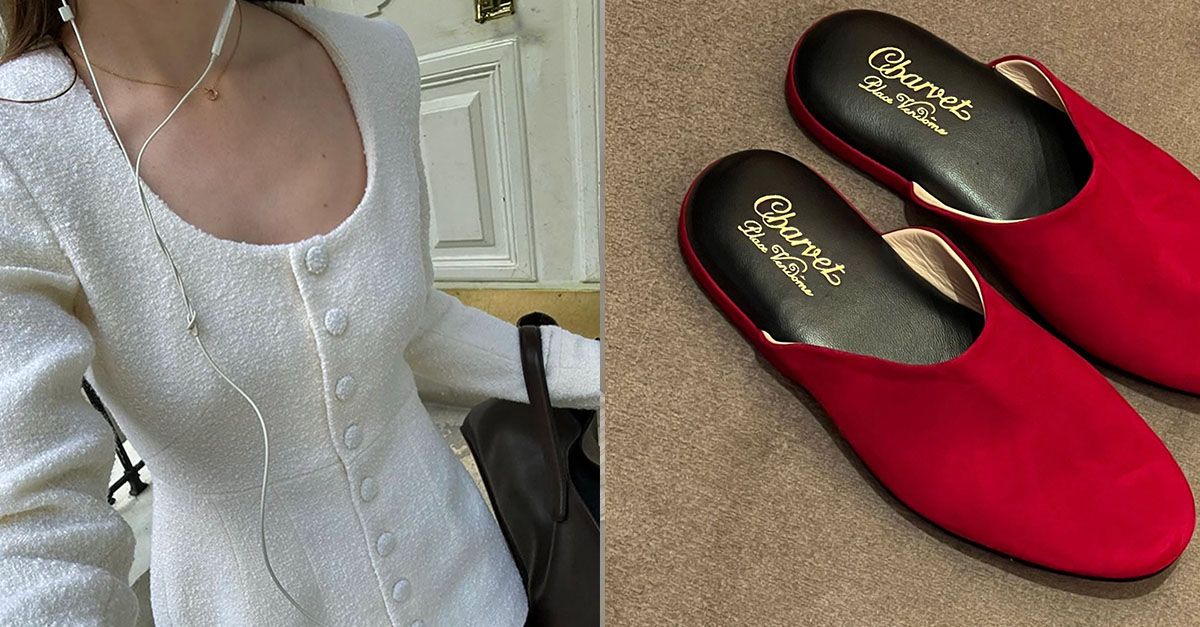







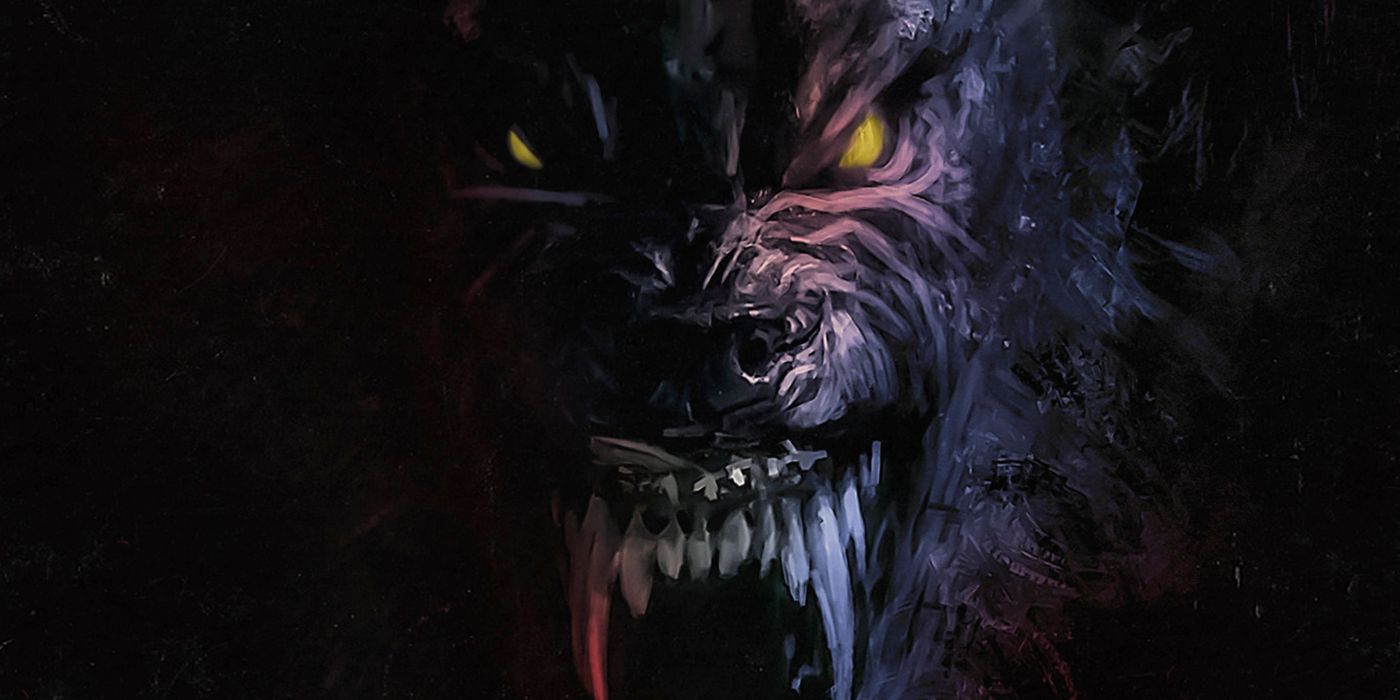


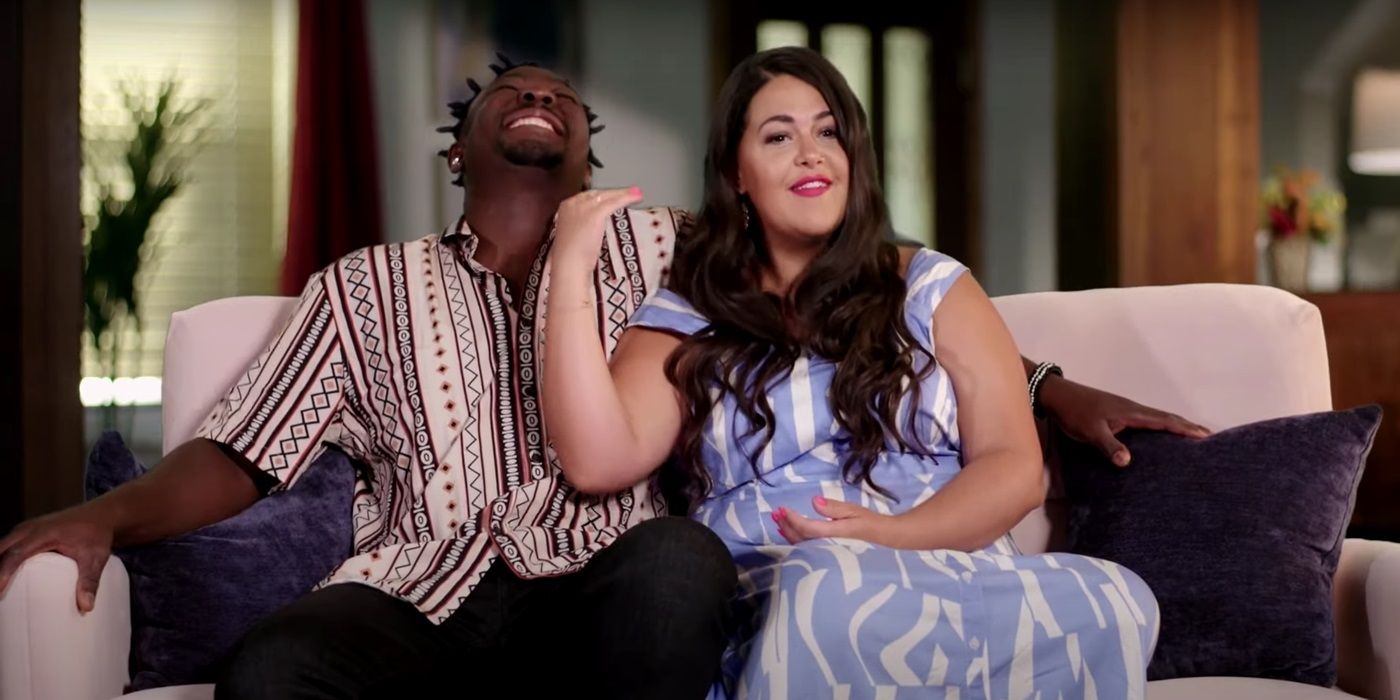



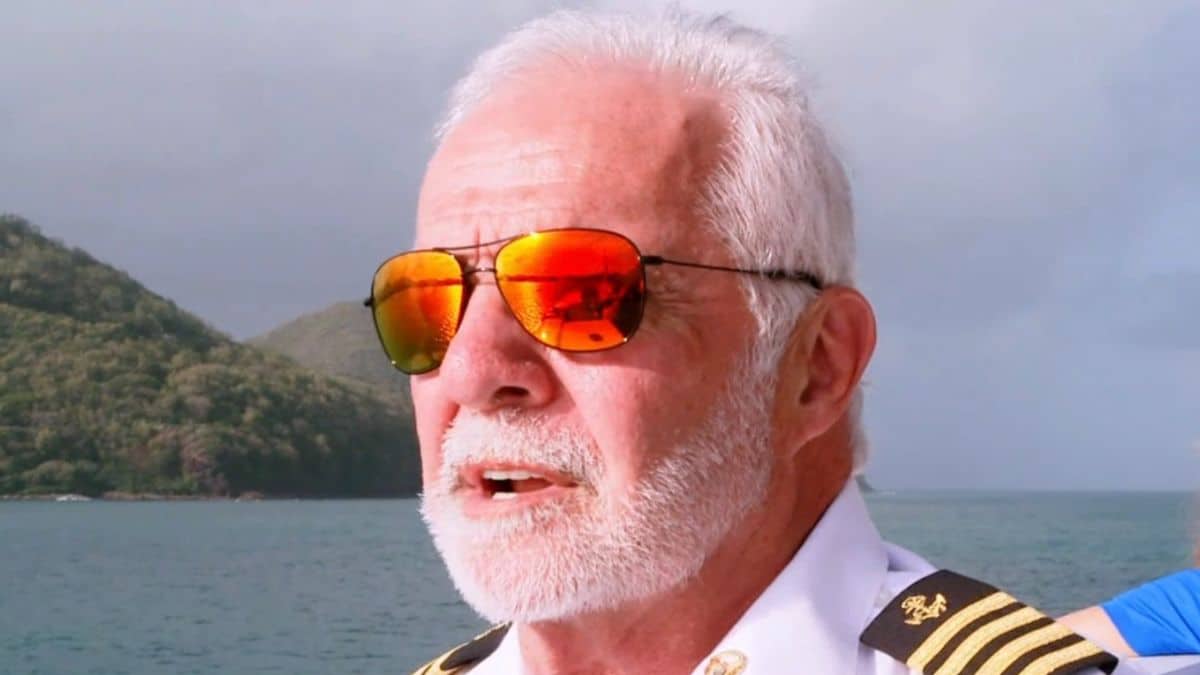
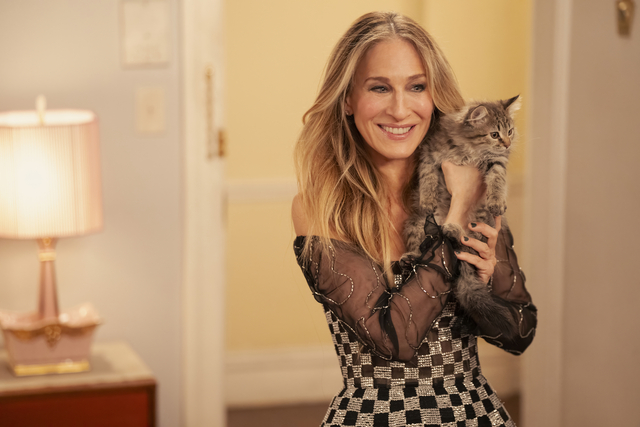

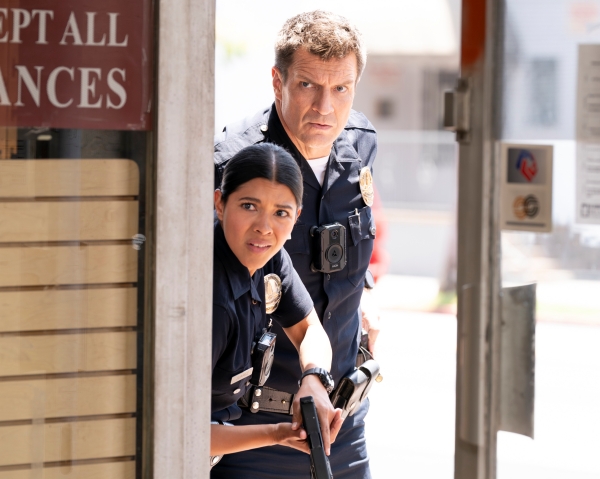
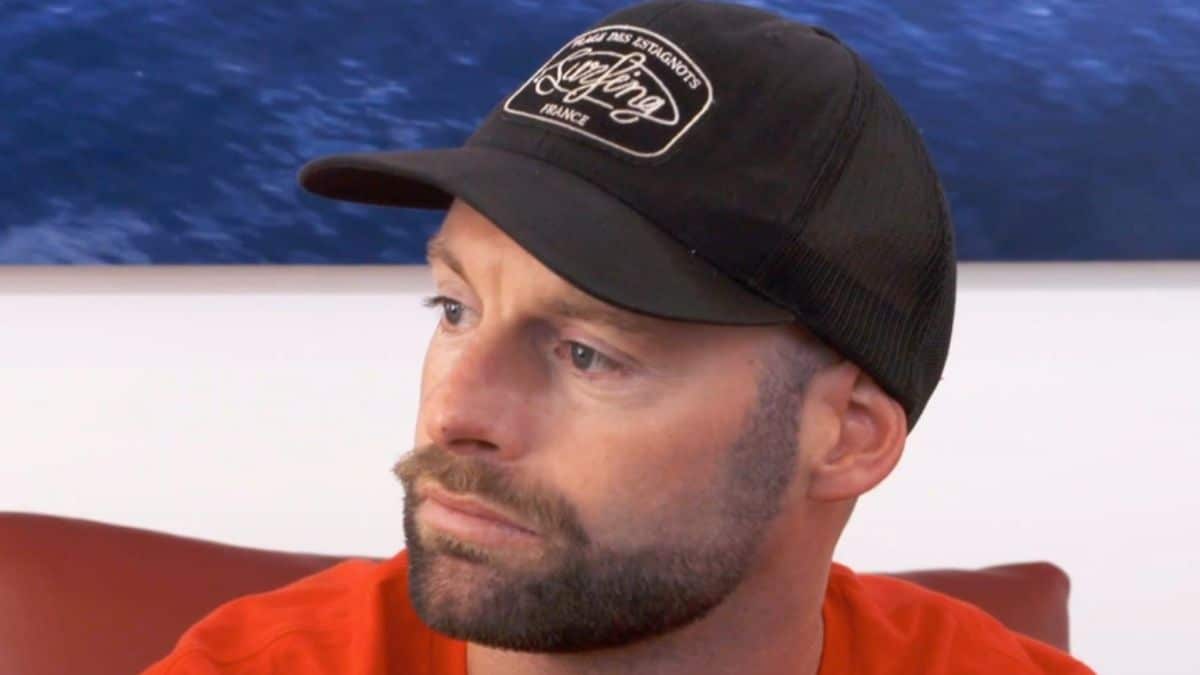






![Online Shopping Reached New Highs in 2024 [Infographic] Online Shopping Reached New Highs in 2024 [Infographic]](https://imgproxy.divecdn.com/kCw9rTPPHoCqXkkL4Bt8p7eohxOuRs6iXsDK03Fxr_8/g:ce/rs:fit:770:435/Z3M6Ly9kaXZlc2l0ZS1zdG9yYWdlL2RpdmVpbWFnZS9vbmxpbmVfc2hvcHBpbmdfc3VyZ2UyLnBuZw==.webp)

![What App Features Are People Willing to Pay For? [Infographic] What App Features Are People Willing to Pay For? [Infographic]](https://imgproxy.divecdn.com/mHJQ6ffz2lGDUuF649StZz5xtI56ORDL5z-Cjs9ZUw8/g:ce/rs:fit:770:435/Z3M6Ly9kaXZlc2l0ZS1zdG9yYWdlL2RpdmVpbWFnZS9hcHBzX3RoYXRfcGVvcGxlX3BheV9mb3JfMi5wbmc=.webp)
